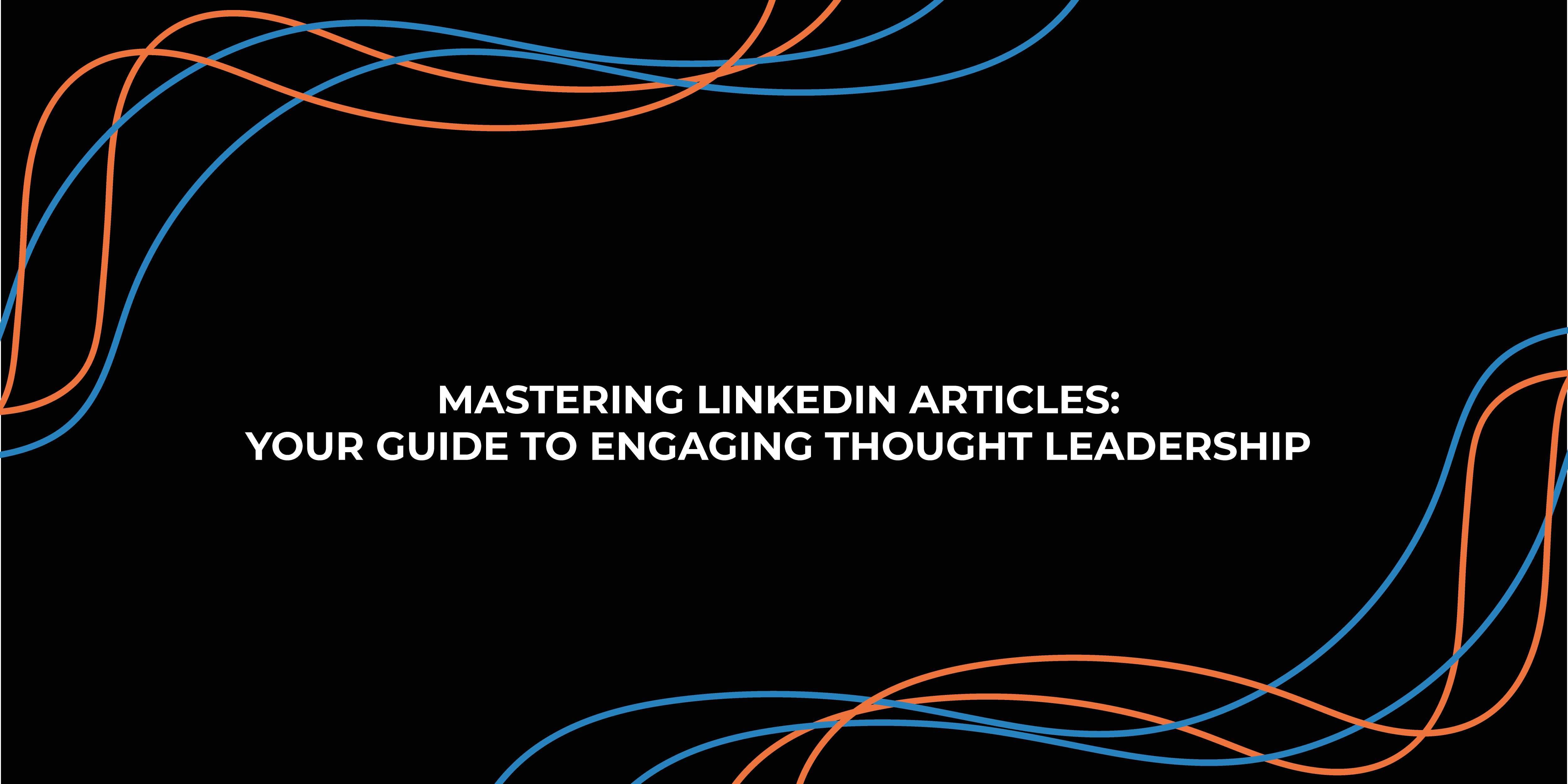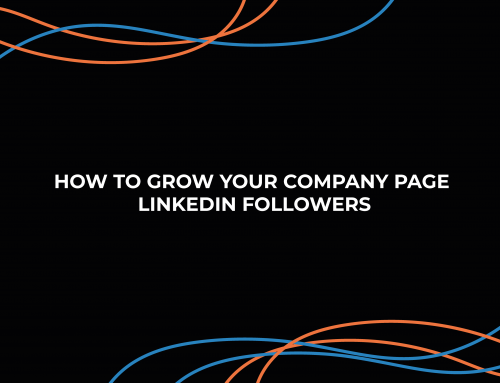It’s not news that LinkedIn is the go-to social media platform for professional connections, whether you’re connecting with your peers, colleagues, or industry leaders. Beyond its role as an online resume, LinkedIn offers a powerful tool for sharing your insights and establishing yourself as a thought leader in your field: LinkedIn Articles.
You may already be creating articles for your company’s website or blog, and posting these articles on LinkedIn is a great way to improve your presence on LinkedIn. In this comprehensive guide, we’ll explore the art of crafting engaging LinkedIn articles to showcase your expertise and elevate your professional presence.
Why LinkedIn Articles Matter
LinkedIn Articles provide an opportunity for you to showcase your industry knowledge, share valuable insights, and engage with a broader audience.
Thought Leadership: LinkedIn Articles allow you to position yourself as an authority in your field. When you consistently share well-researched and insightful content, you gain the respect and trust of your peers and followers.
Networking: Publishing articles on LinkedIn is an effective way to expand your network. As your articles gain traction, you’ll attract connections who share your interests and values.
Employment Opportunities: Recruiters and employers often search for candidates with a strong LinkedIn presence. Your articles can make a positive impression and open doors to exciting job opportunities.
Start Crafting Compelling and Engaging Articles
1. Choose Your Topics Wisely
Before you start writing, consider your target audience and your area of expertise. What topics are relevant to your industry, and what questions do your peers often ask? Your articles should address these topics in a way that provides value and insight. Additionally, leverage current trends and emerging issues to keep your content fresh and engaging.
2. Attention-Grabbing Headlines
The headline is the first thing people see when your article appears in their feed. Make it count. A compelling headline should be concise, specific, and promise value. Use action words and trigger emotions to entice readers. For example, “Unlocking the Secrets of Successful Networking” is more engaging than a vague title like “Networking Tips.”
3. Provide Value from the Start
The opening paragraphs of your article should not only reel your readers in but also clearly state the problem you’re addressing. By letting the readers know the benefits they will gain from reading further, you set the stage for reader engagement.
4. Structure Your Article for Readability
LinkedIn Articles should be easy to read and digest. Use short paragraphs, bullet points, and subheadings to break up the text. You can also include images, infographics, or videos to enhance your content and engage visual learners.
5. Back Your Insights with Evidence
To establish credibility, support your statements with data, research, or personal experiences. When you provide evidence, readers are more likely to trust your insights and find value in your article.
6. Encourage Interaction
Engage your readers by asking questions, encouraging comments, and promoting discussions. You can do this by ending your article with a call-to-action, such as asking them about their personal experiences with the article topic. Make sure you also keep track of any comments on your article and reply to them to foster a sense of community and interaction with your audience.
7. Be Authentic and Personable
LinkedIn is a professional platform, but that doesn’t mean your articles should be overly formal. Don’t be afraid to make your article your own by injecting your personality and unique perspective into your writing. You can also share personal anecdotes when relevant to make your articles relatable.
8. Keep it Concise
While longer articles can be informative, LinkedIn’s algorithm tends to favour shorter content. Readers also may lose interest if your article is too long. Aim for articles between 700 and 1,200 words, focusing on quality over quantity.
9. Consistency is Key
Establish a publishing schedule that works for you. Consistency helps build your audience, as readers will come to expect and anticipate your content. Whether it’s weekly, bi-weekly, or monthly, stick to your schedule and you will start seeing consistent results!
10. Promote Your Articles
Don’t rely solely on the LinkedIn algorithm to distribute your articles. Share them in relevant LinkedIn groups, on your other social media platforms, and in your email signature. Encourage your close connections to share and comment on your articles to boost their visibility.
LinkedIn Articles are a powerful tool for establishing yourself as a thought leader and expanding your professional network. By choosing relevant topics and creating unique and engaging content, you can master the art of LinkedIn article writing. Remember, consistency and authenticity are key to building a strong presence on the platform. So, start writing and watch your professional brand soar on LinkedIn!





